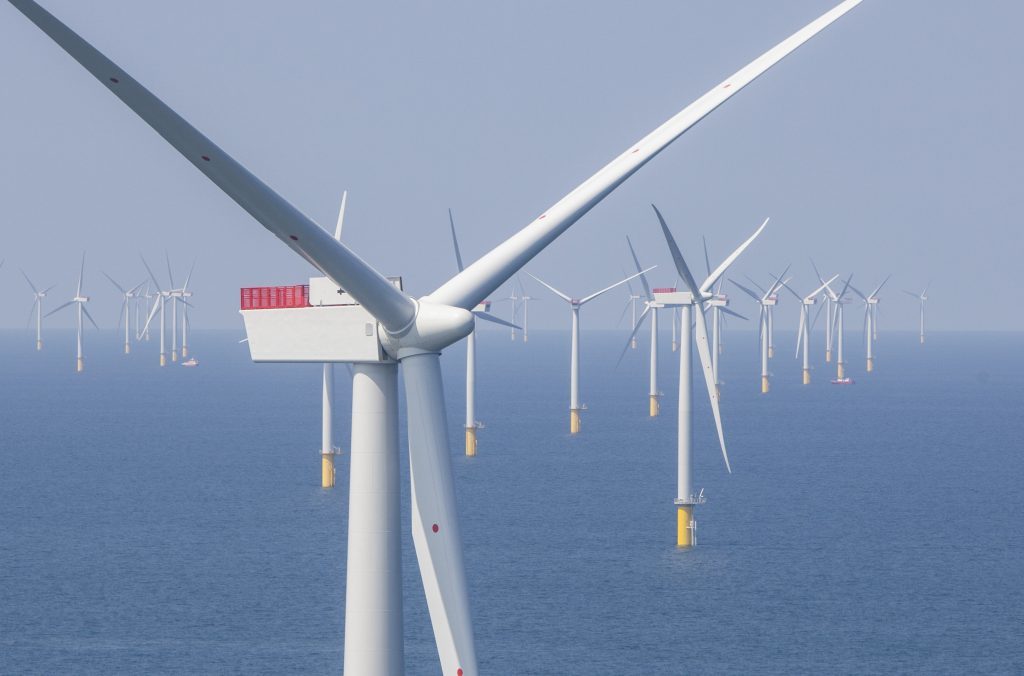
An innovation explosion is due to take place in the renewables sector in the near future with robots servicing offshore turbines and parachute-kites capable of generating wind power, claim ORE Catapult.
With offshore wind becoming its own industry in Scotland, the technology innovation and research centre Offshore Renewable Energy (ORE) Catapult has said that within 12 years they expect to see significant changes in the sector.
Research undertaken by ORE has highlighted the potential innovations the renewables sector was likely to see in 2030, 2040 and 2050.
Stephen Wyatt, research and innovation director at ORE Catapult, said: “Our projection is based on research taking place in the UK right now – and importantly gaining traction across the world as exciting new approaches to generating clean, abundant energy from offshore wind start to emerge.
“This is a very exciting time for the offshore wind industry. In line with the UK Government’s Industrial and Clean Growth Strategies, the industry is currently working with Government to agree a transformational Sector Deal to enable additional capacity to deliver affordable electricity, grow innovative UK businesses and create UK jobs.”
ORE Catapult has outlined trends it expects to see from the expected to the unexpected such as “robots and drones with automated motherships carrying armies of droids to hazardous offshore locations, where they will carry out maintenance and basic repairs” on wind turbines.
As the technology and scale of offshore wind turbines increases in the future, the need for smarter solutions will be essential to meet the needs of the Scottish offshore industry.
Stephen Wyatt added: “Technical capability has come on leaps and bounds in recent years and if we look back 12 years to 2006, very few people would have foreseen how far we’ve come with turbine technology and storage, for example.
“Whatever the future holds, the work taking place right here in the UK will have a pivotal impact not just on how we generate energy, but on how we view offshore renewables.”
Recommended for you
